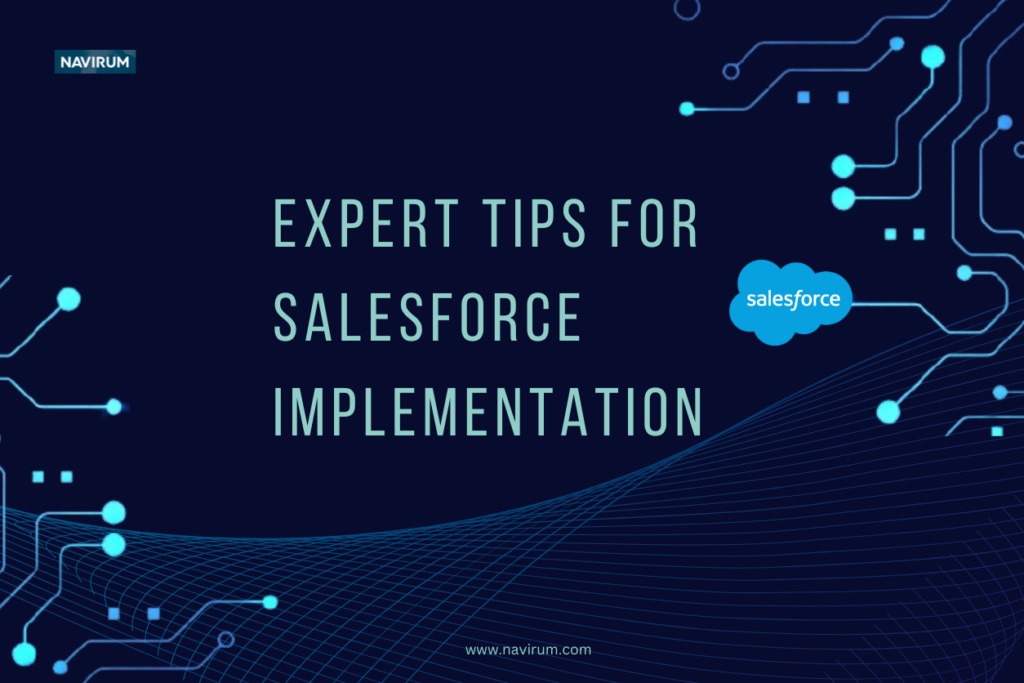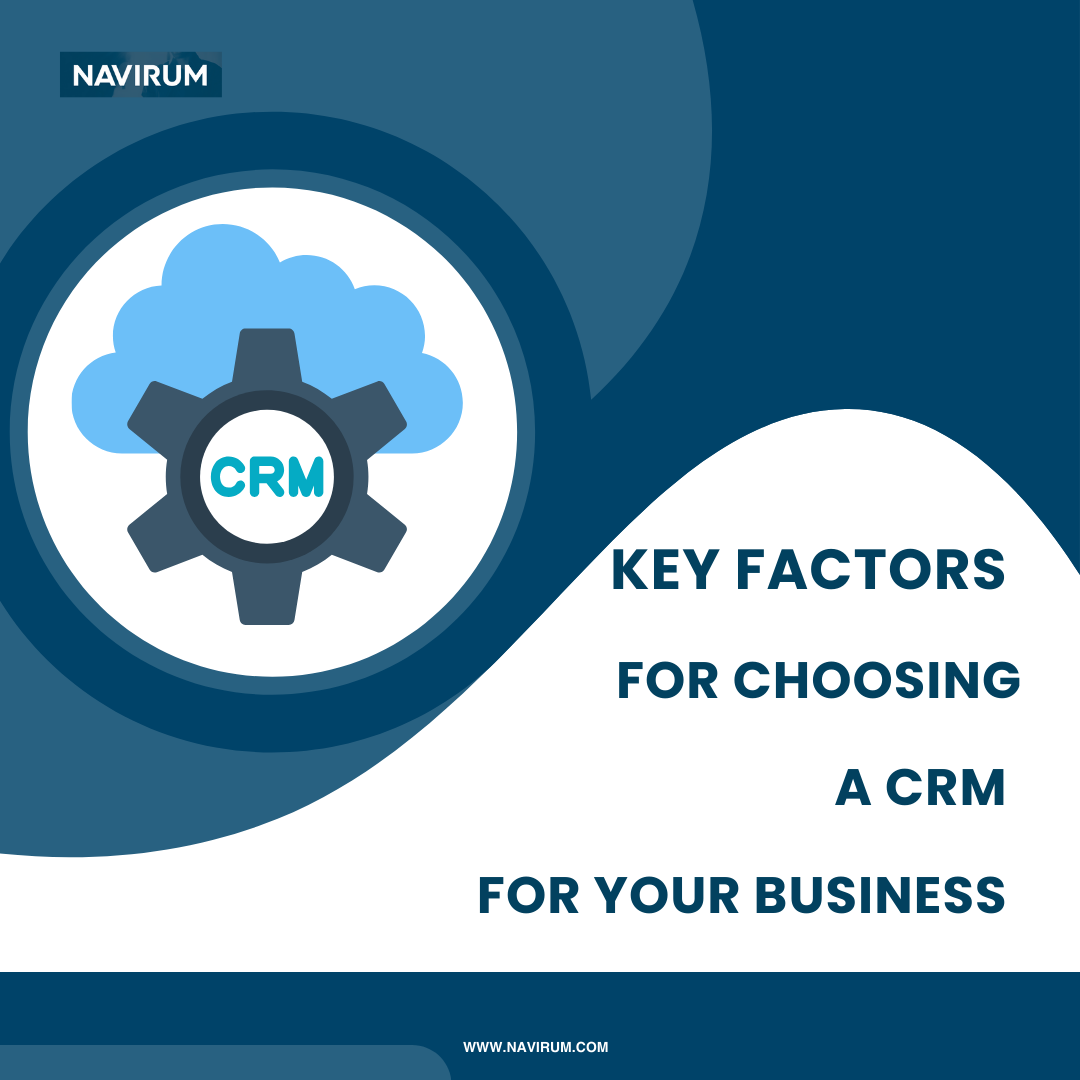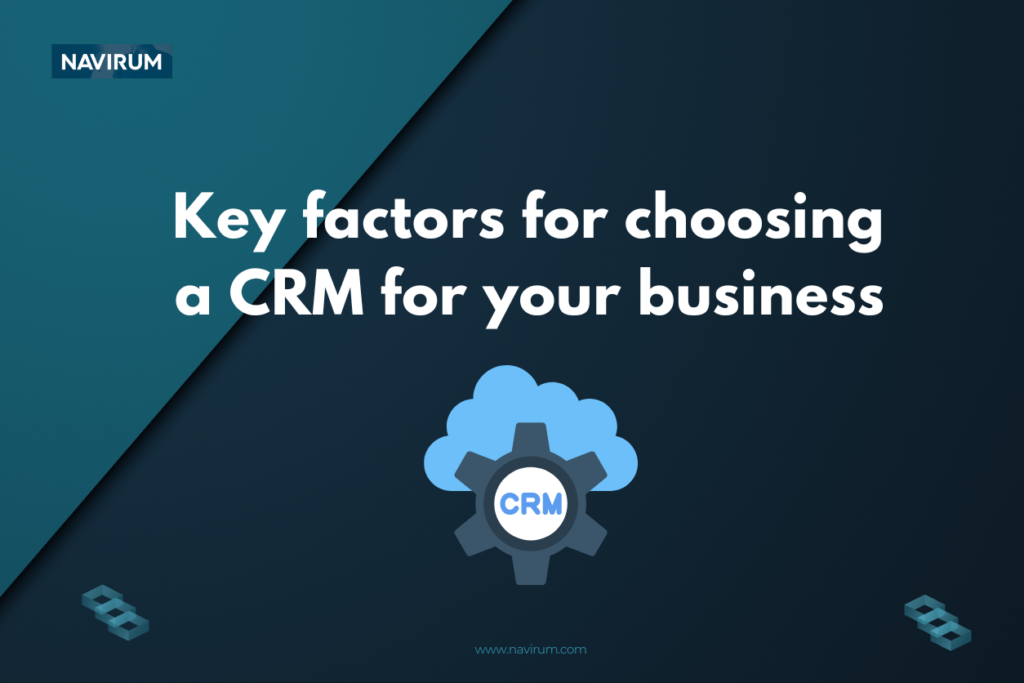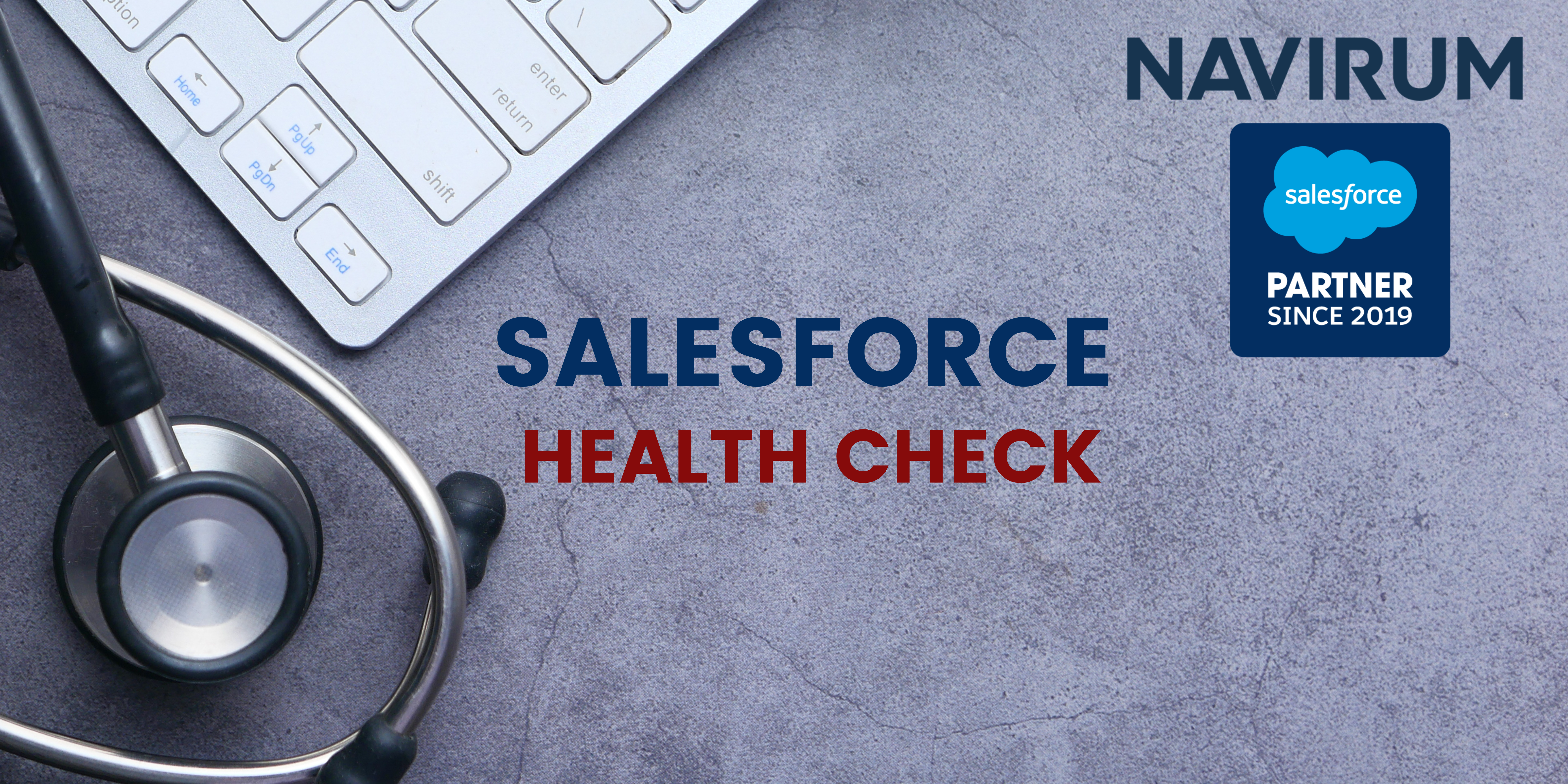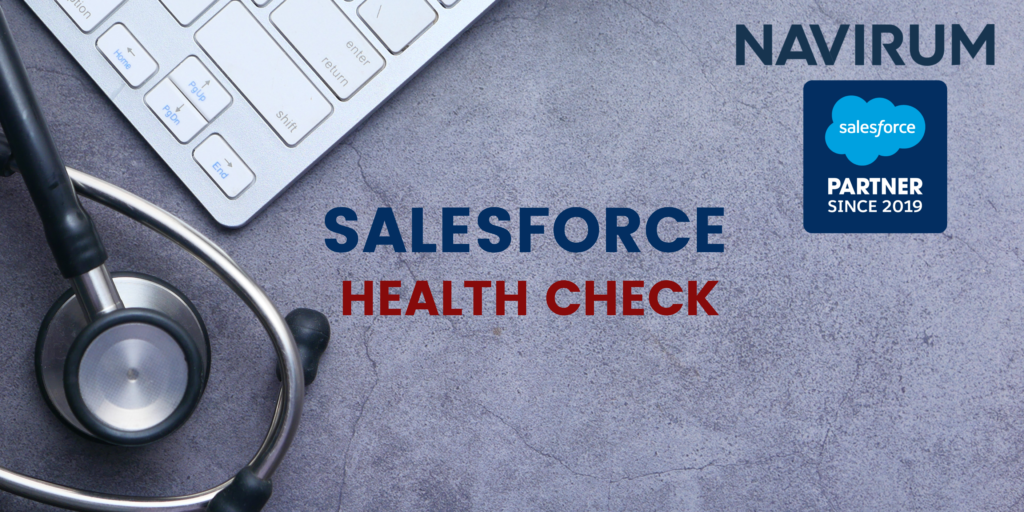
The combination of Canadian Open Banking and Salesforce could offer unparalleled opportunities for financial services businesses to innovate, differentiate, and thrive in today’s competitive landscape. By leveraging the power of Salesforce’s CRM platform and integrating Canadian Open Banking data, businesses could unlock new insights, personalize interactions, streamline operations, and ensure compliance and security.
Bringing Value to Your Financial Services Business:
- Enhanced Customer Insights: By integrating Canadian Open Banking data with Salesforce, financial services businesses can gain a comprehensive view of their customers’ financial profiles, preferences, and behaviors. This deeper understanding enables businesses to tailor their products and services to meet the unique needs and preferences of individual customers, driving greater customer satisfaction and loyalty.
- Personalized Financial Advice: Salesforce empowers financial advisors to deliver more personalized and informed advice to their clients by leveraging Canadian Open Banking data. With access to real-time financial information, advisors can provide tailored recommendations and strategies that align with their clients’ financial goals and objectives, ultimately driving better outcomes for clients and strengthening advisor-client relationships.
- Streamlined Operations: Salesforce’s powerful automation capabilities can help financial services businesses streamline their operations and improve efficiency. By automating routine tasks, such as data entry, lead management, and client communications, businesses can free up time for their employees to focus on more value-added activities, such as client engagement and strategic planning.
- Compliance and Security: Salesforce provides robust security features and compliance controls that help financial services businesses maintain regulatory compliance and protect customer data. With built-in encryption, access controls, and audit trails, Salesforce enables businesses to safeguard sensitive information and demonstrate compliance with regulatory requirements.
Looking ahead, Canadian Open Banking holds promise for delivering more personalized, efficient, and convenient financial experiences for consumers. As regulatory frameworks evolve and technological capabilities improve, Canadians can expect to see a wider range of innovative financial products and services. However, addressing the challenges and risks associated with Open Banking will be crucial to ensure consumer trust and benefit from these emerging innovations.
At Navirum, we’re committed to helping financial services businesses harness the full potential of this transformative synergy to drive growth, enhance customer experiences, and achieve their business objectives. Contact us today to realize the possibilities of what Salesforce can do for your business!








